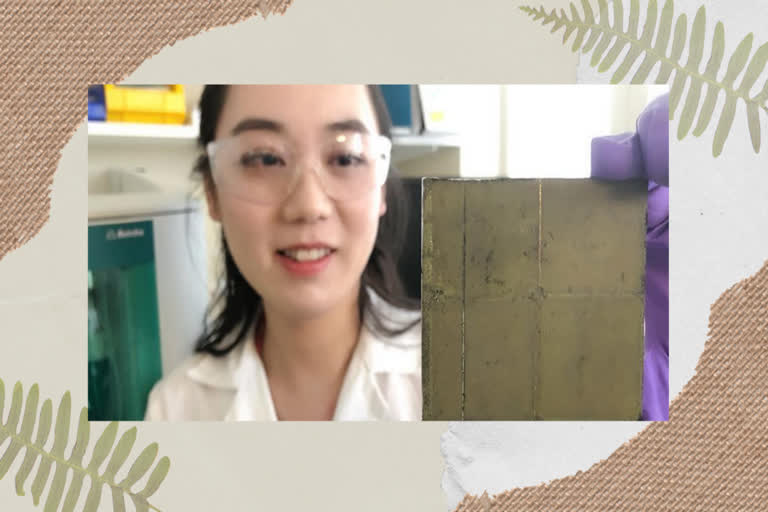Cambridge UK: Researchers in collaboration with University of Cambridge & University of Tokyo have developed a wireless device that converts sunlight, carbon dioxide, and water into a carbon-neutral fuel, without requiring any additional components or electricity. This would be one of the biggest achievements for sustainable science development. It is published in journal Nature Energy and represents a significant step toward achieving artificial photosynthesis.
Artificial photosynthesis is a process mimicking the ability of plants to convert sunlight into energy which is based on an advanced 'photo sheet' technology.
Qian Wang, a professor at the University of Cambridge, says, "It's been difficult to achieve artificial photosynthesis with a high degree of selectivity so that you're converting as much of the sunlight as possible into the fuel you want, rather than be left with tons of waste.”
In 2019, researchers from Reisner's group developed a solar reactor based on an artificial leaf' design, which also uses sunlight, carbon dioxide & water to produce a fuel, referred to as syngas.
This latest technology looks and behaves quite similarly to the artificial leaf but works differently as it produces formic acid.
Mainly the photo sheets are made up of semiconductor powders so that it can be prepared in large quantities easily and cost-effectively. Besides, this new technology is more robust and produces clean fuel that is easier to store and shows potential for producing fuel products at scale.
"We were surprised how well it worked in terms of its selectivity -- it produced almost no by-products," Wang said.
Also Read: NASA spots tiny asteroid buzzing by Earth sets the closest flyby on record


